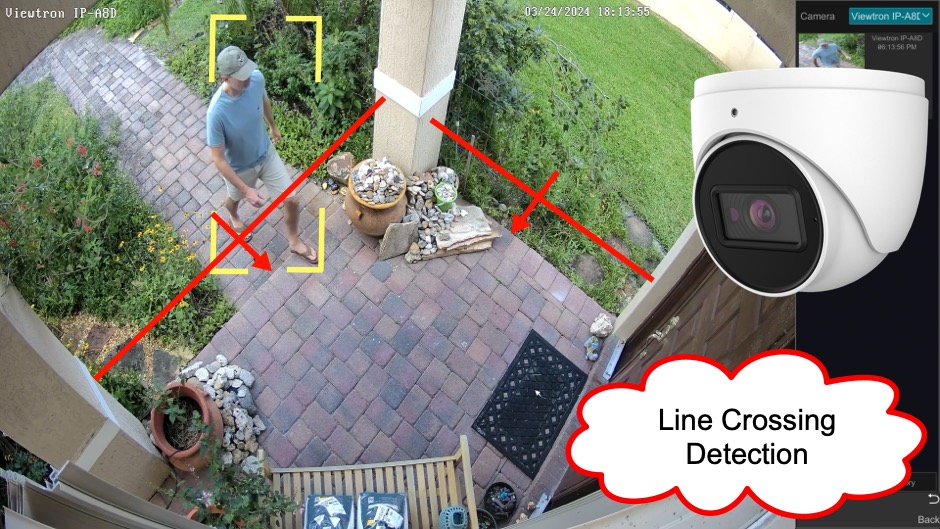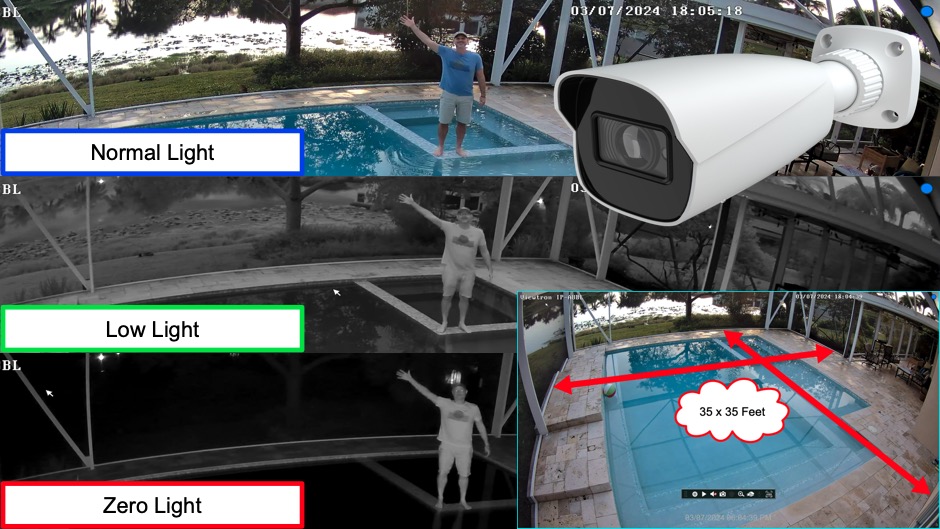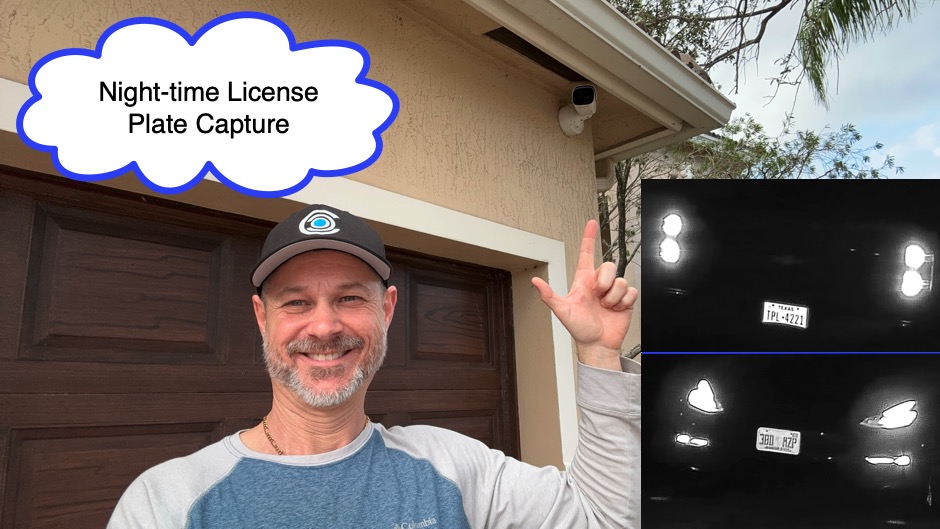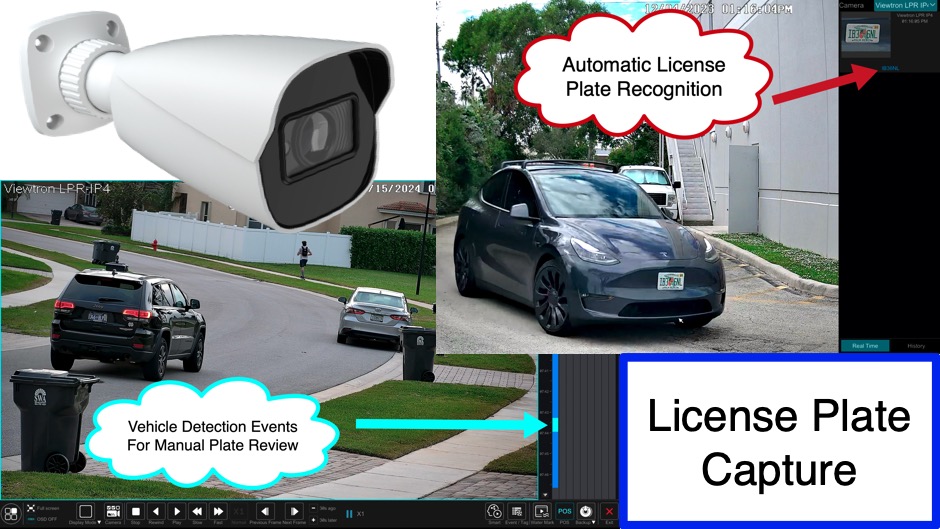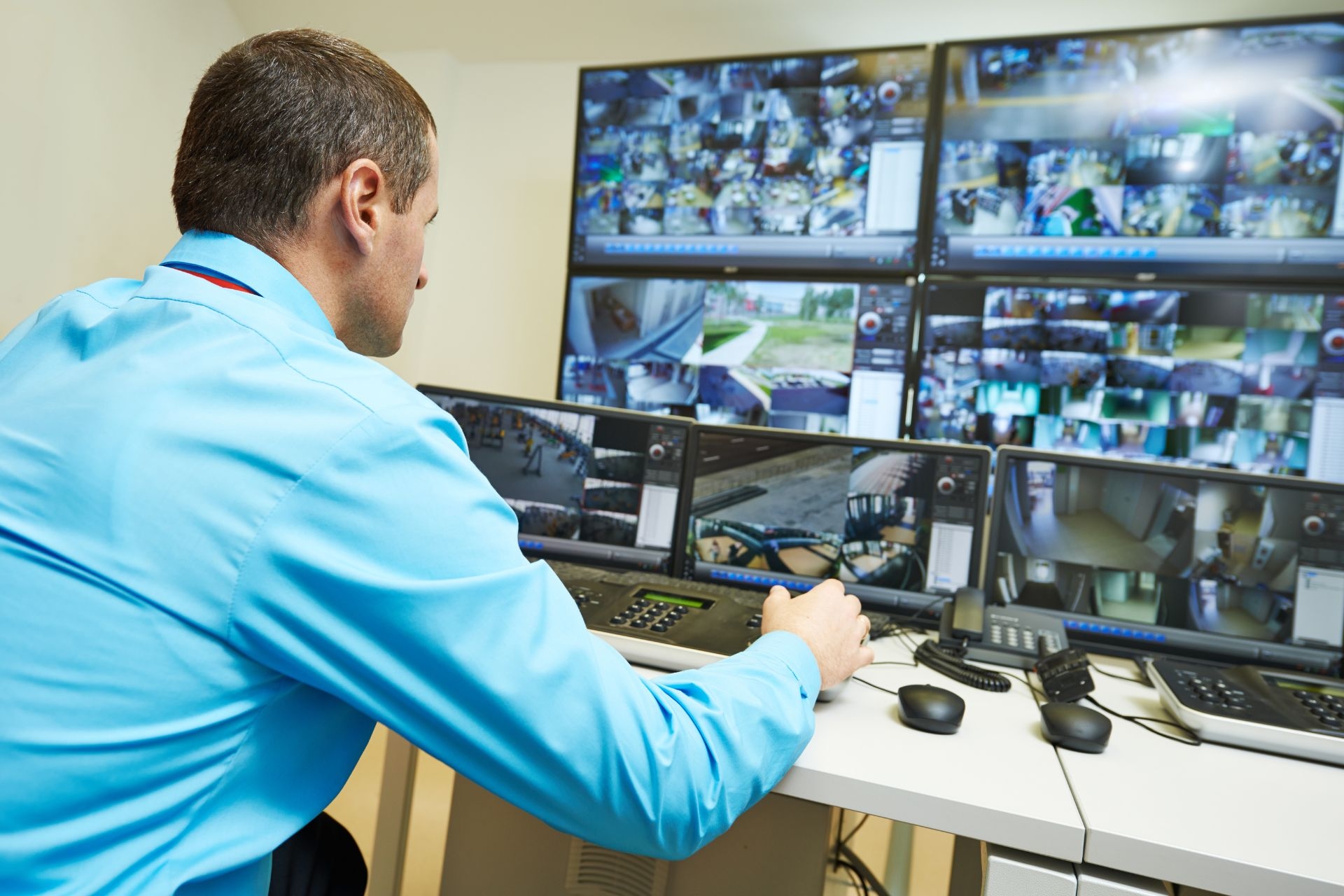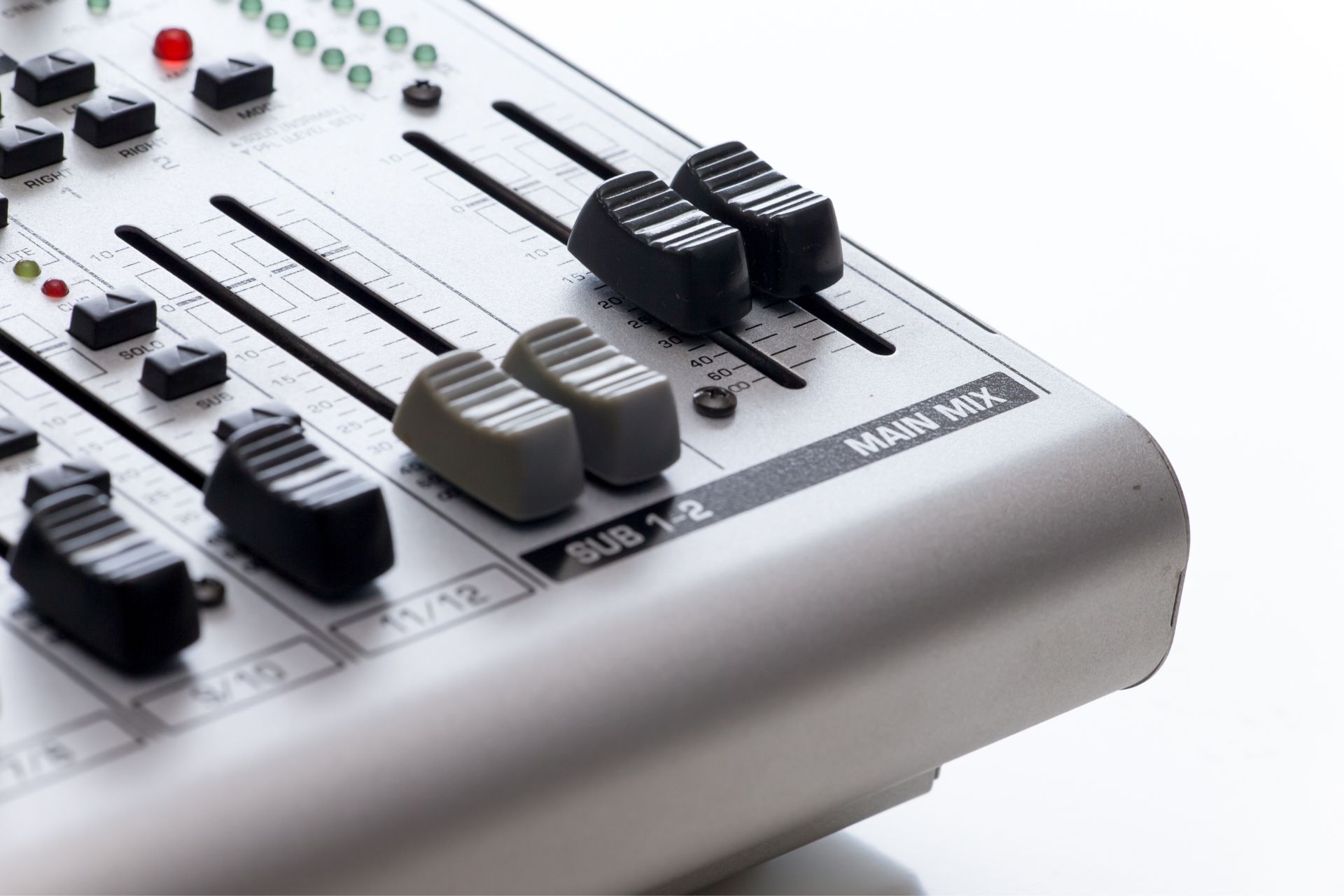Underwater Cameras for Aquatic Security
How do underwater cameras help in monitoring aquatic security?
Underwater cameras play a crucial role in monitoring aquatic security by providing real-time visual surveillance of underwater environments. These cameras can help in detecting any unauthorized activities, monitoring marine life, and ensuring the safety of underwater structures. By capturing high-quality images and videos, underwater cameras enable security personnel to closely monitor and respond to any potential threats or incidents in aquatic areas.


